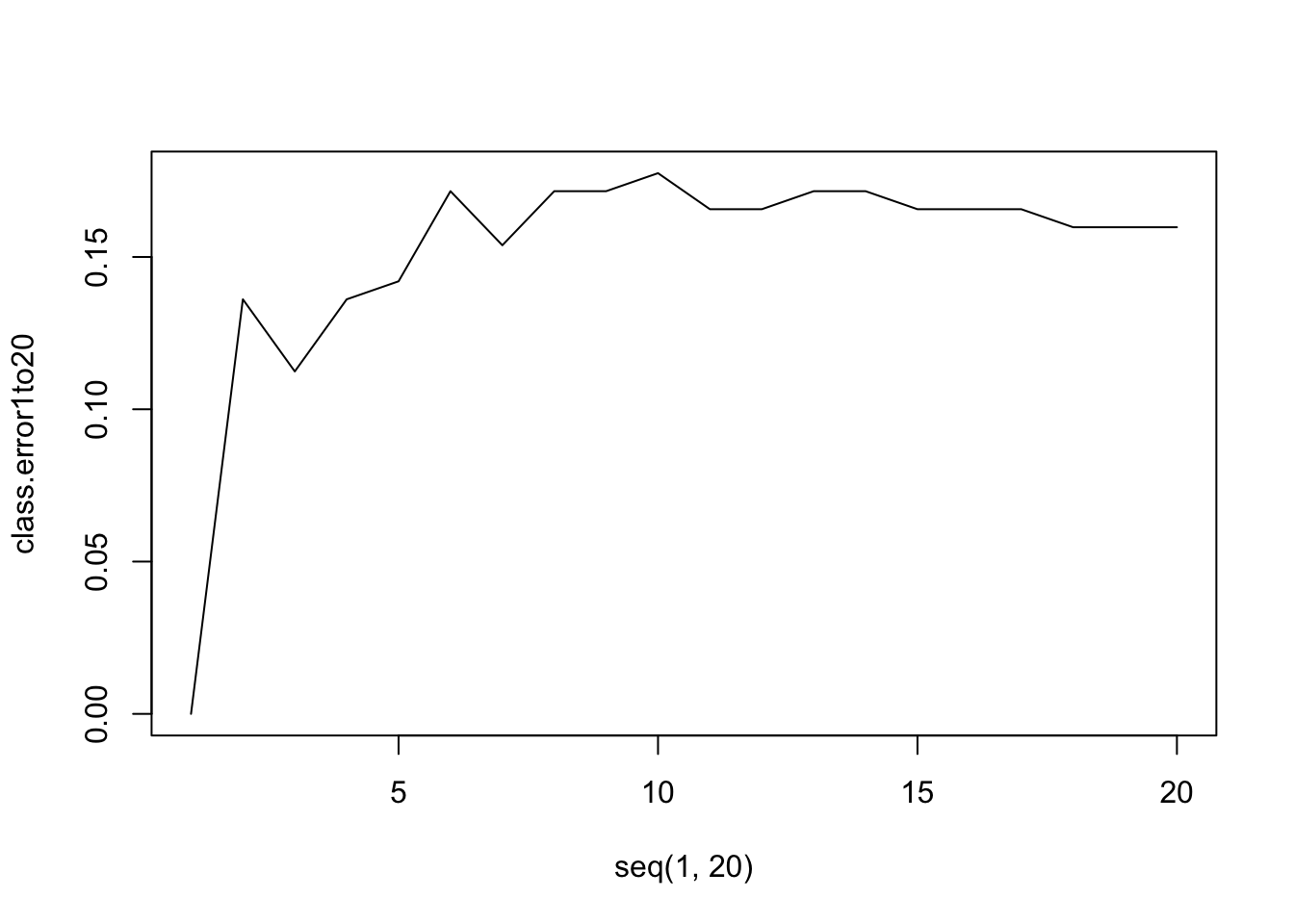

You can assign different colors or markers to the levels of these variables. scatter(x,y,sz) specifies the circle sizes.To use the same size for all the circles, specify sz as a scalar. You can use categorical or nominal variables to customize a scatter plot. Either way, you are simply naming the different groups of data.
Scatter plot matrix code#
You can use the country abbreviation, or you can use numbers to code the country name. Country of residence is an example of a nominal variable. For example, in a survey where you are asked to give your opinion on a scale from “Strongly Disagree” to “Strongly Agree,” your responses are categorical.įor nominal data, the sample is also divided into groups but there is no particular order. With categorical data, the sample is divided into groups and the responses might have a defined order. Scatter plots are not a good option for categorical or nominal data, since these data are measured on a scale with specific values. Some examples of continuous data are:Ĭategorical or nominal data: use bar charts Scatter plots make sense for continuous data since these data are measured on a scale with many possible values. After the preceding code is executed well get the following output: The scattermatrix() function helps in plotting the preceding. Scatter plots and types of data Continuous data: appropriate for scatter plots Annotations explaining the colors and markers could further enhance the matrix.įor your data, you can use a scatter plot matrix to explore many variables at the same time. For the n number of variables, the scatterplot matrix will contain n rows and n columns. The colors reveal that all these points are from cars made in the US, while the markers reveal that the cars are either sporty, medium, or large. For data variables such as x 1, x 2, x 3, and x n, the scatter plot matrix presents all the pairwise scatter plots of the variables on a single illustration with various scatterplots in a matrix format. There are several points outside the ellipse at the right side of the scatter plot. From the density ellipse for the Displacement by Horsepower scatter plot, the reason for the possible outliers appear in the histogram for Displacement. In the Displacement by Horsepower plot, this point is highlighted in the middle of the density ellipse.īy deselecting the point, all points will appear with the same brightness, as shown in Figure 17. This point is also an outlier in some of the other scatter plots but not all of them. In Figure 16, the single blue circle that is an outlier in the Weight by Turning Circle scatter plot has been selected. It's possible to explore the points outside the circles to see if they are multivariate outliers. The red circles contain about 95% of the data. The scatter plot matrix in Figure 16 shows density ellipses in each individual scatter plot.


 0 kommentar(er)
0 kommentar(er)
